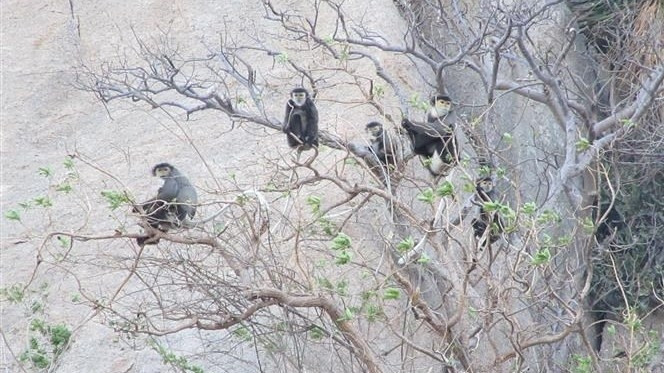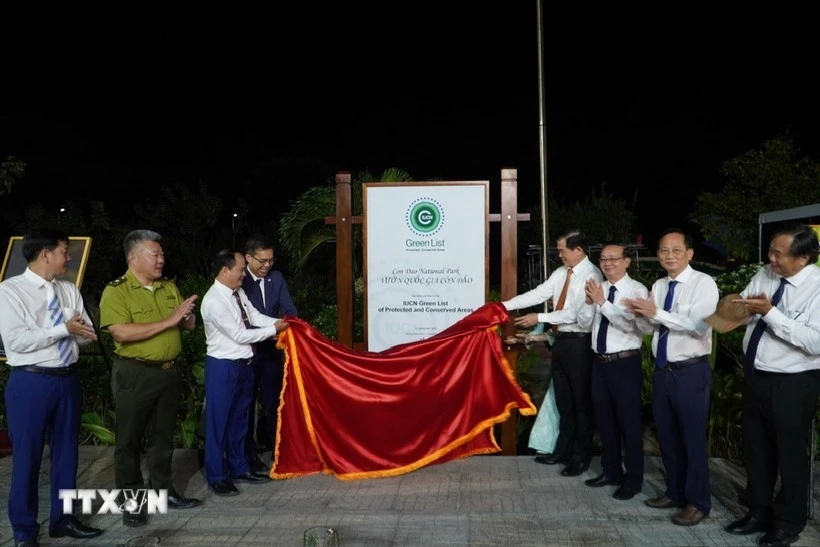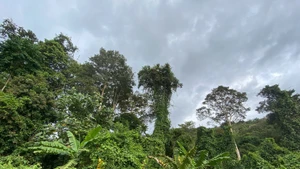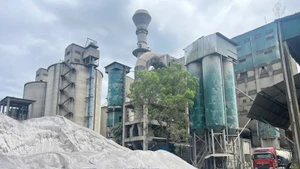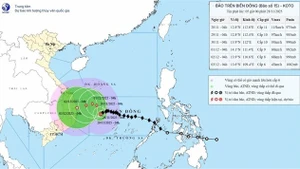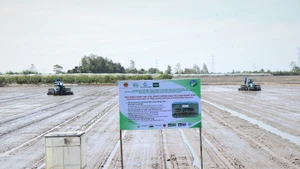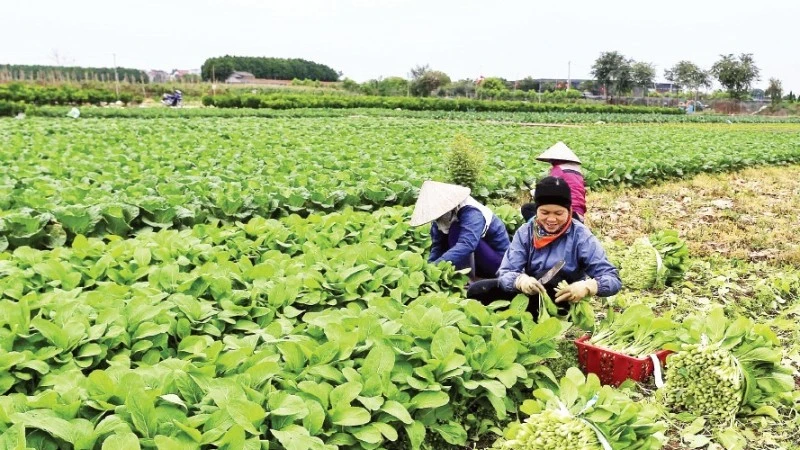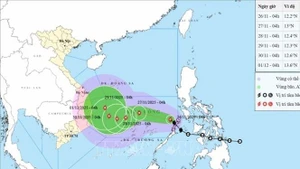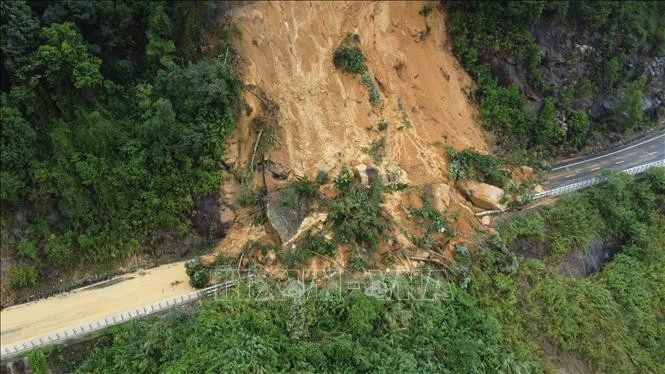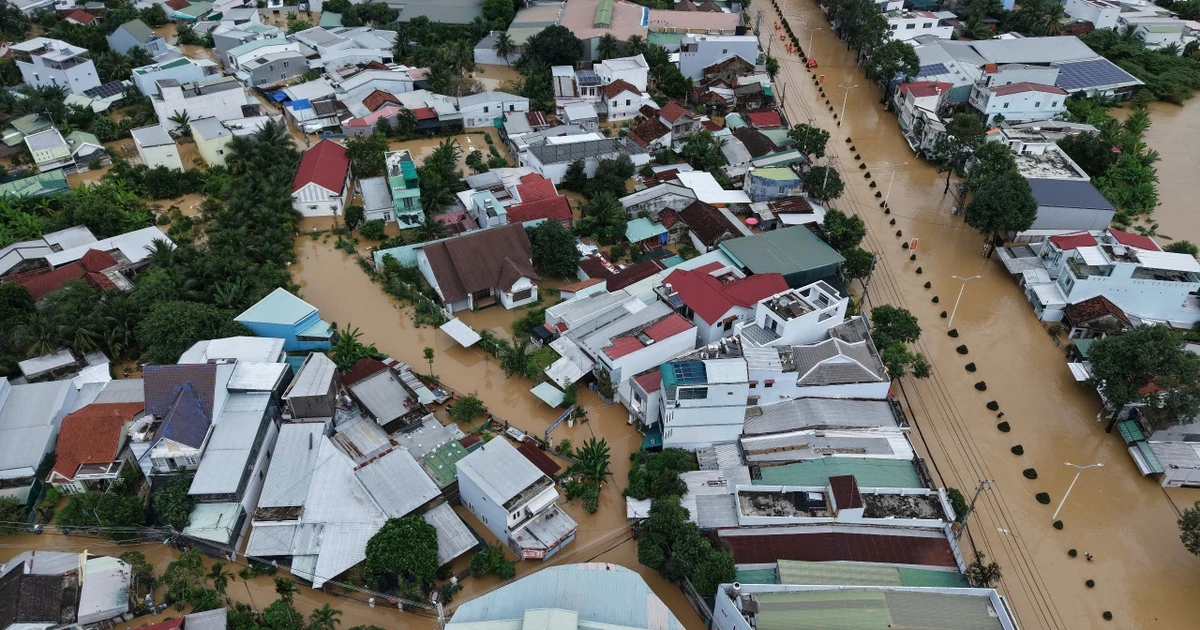The langurs frequently appear at over 20 sites and divide themselves into small troupes, each with five-seven individuals, including pregnant mothers and baby langurs.
According to Tran Ngoc Hieu, head of the management board of coastal protection forests in Thuan Nam, the lack of water and food in the mountains during the dry season has forced the animals to move to the area near coastal route DT 701 and local fields for water, leaves and fruit.
The board has coordinated with relevant sides to study the black shanked douc langurs in order to put forward a preservation plan.
Black-shanked douc langurs are listed as endangered by the International Union for Conservation of Nature and Natural Resources (IUCN). They are indigenous to north eastern Cambodia and southern Vietnam.
The Prime Minister previously issued Decision 628 requesting localities and sectors to urgently deploy plans to preserve primate species in the country.
